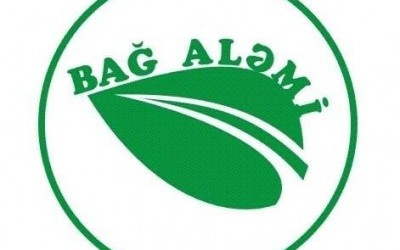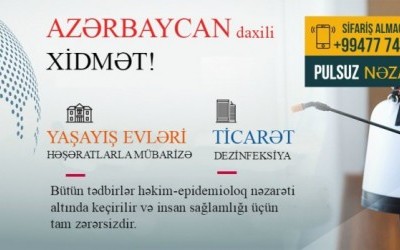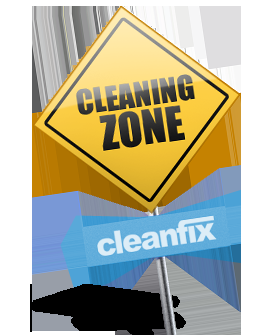Sanitary treatment for insects and rodents
Sanitary treatment for insects and rodents is an important aspect of maintaining cleanliness and hygiene in various types of premises, including residential homes, commercial facilities, warehouses, food establishments, and many others. This procedure aims to control and eliminate insects such as flies, cockroaches, bedbugs, ants, as well as rodents like rats and mice. Here are some key aspects of sanitary treatment for insects and rodents:
-
Identification and assessment of the problem: Before starting sanitary treatment, it is necessary to accurately identify the types of insects or rodents and assess the extent of the issue. This helps in selecting the most effective methods and products to combat them.
-
Professional methods and products: Sanitation services typically employ professional methods and chemical products that effectively eradicate insects and rodents. These products can be either chemical or environmentally friendly, depending on the situation and customer requirements.
-
Regular maintenance: To ensure effective control of insects and rodents, regular maintenance is often required. This may include prevention and monitoring plans to prevent reinfestation.
-
Compliance with safety standards: When conducting sanitary treatment, it is important to adhere to safety standards to prevent harm to humans and the environment. This includes proper storage and application of chemical products as well as the use of protective gear.
-
Preventive measures: In addition to direct pest control, it is important to take preventive measures to avoid their reappearance, such as sealing cracks and crevices, cleaning up debris and food residues, and practicing good hygiene.
Sanitary treatment for insects and rodents helps create a safe and hygienic environment while protecting against potential threats to health and property. This procedure should be carried out regularly and, when necessary, by professional services to ensure its effectiveness and safety.




